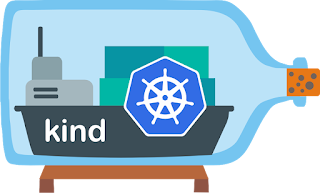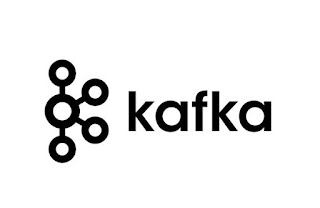7 real values from software beyond estimates

Estimates are lies, estimates are not reliable. It's super common to have companies doing estimates completely wrong. There is no way to do estimates right, however there are ways they can be even worse than usual like: A) Having managers doing estimating for engineers. B) Not accounting holidays, Refactorings and Bugs. C) Not comparing working items D) Ignoring variation: Different sizes, complexities, technologies, needs. E) Not understand when the system is stable or not. Very often estimates are done before the project or product start and where variation and uncertain is sky high. When we take a look into PMI, which is based on bridges and buildings we still see buildings and bridges with extreme delays, extreme over budget and poo quality. If this is true for construction engineering why the hell would not be true for software engineering where we barely have 50 years of experience as a industry compared with the +2K years in construction engineering. Project after pr...



























